Push for more leave, less tax for parents
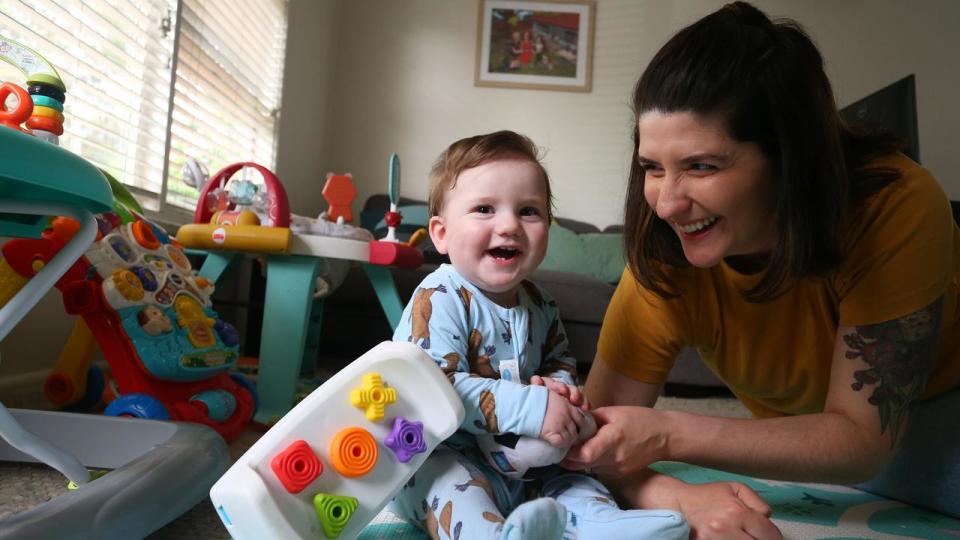
The federal government should immediately add super to paid-parental leave and work to boost it to 52 weeks, while also reducing the tax offset for carers to combat rampant gender pay inequity, according to a major report.
The government’s Women Economic Equality Taskforce (WEET) will hand down its final report on Monday which laid out an ambitious 10-year plan to curb economic gender inequality in Australia.
It called to immediately establish and invest in universal childcare and look to extend the paid parental leave scheme to 52 weeks over the next 10 years to ensure women aren’t burdened financially after having children.
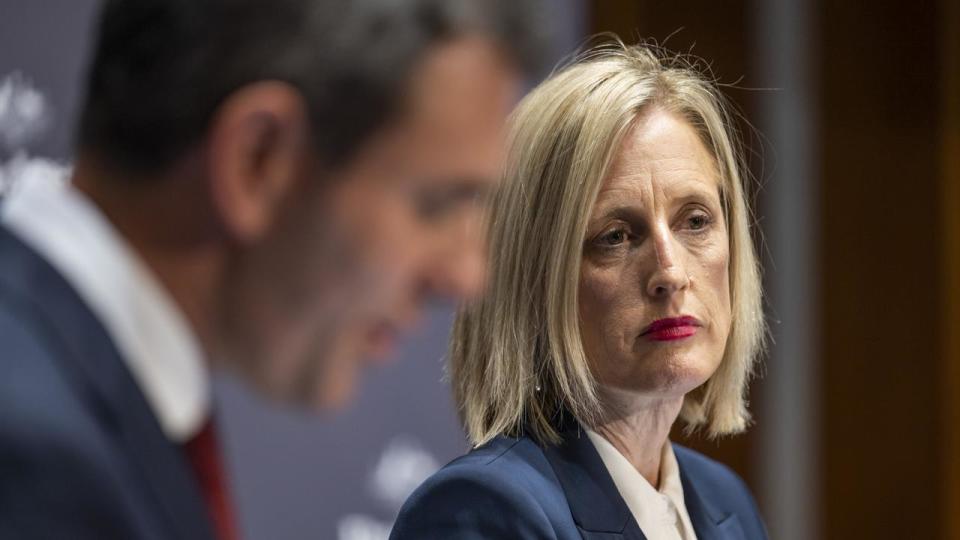
“The task force has resoundingly heard the voices of Australian women – they want action now,” the report said.
“In these challenging economic times, we require government leadership to unlock the value women are wanting to create for the benefit of all Australians.
“We have arrived at a moment of consequence where a genuine commitment to respecting women, and valuing and nurturing their economic contribution by removing systemic barriers is vital.”
The report also called to introduce a tax offset for people with caring responsibilities who are re-entering the workforce, to curb the “motherhood penalty” facing women.
“The model involves a non-refundable tax offset, credited against any income tax payable upon people returning to work after caring for children, people with a disability or elderly parents,” the report said.
It also said the government should urgently legislate to pay super to workers on all forms of paid parental leave.
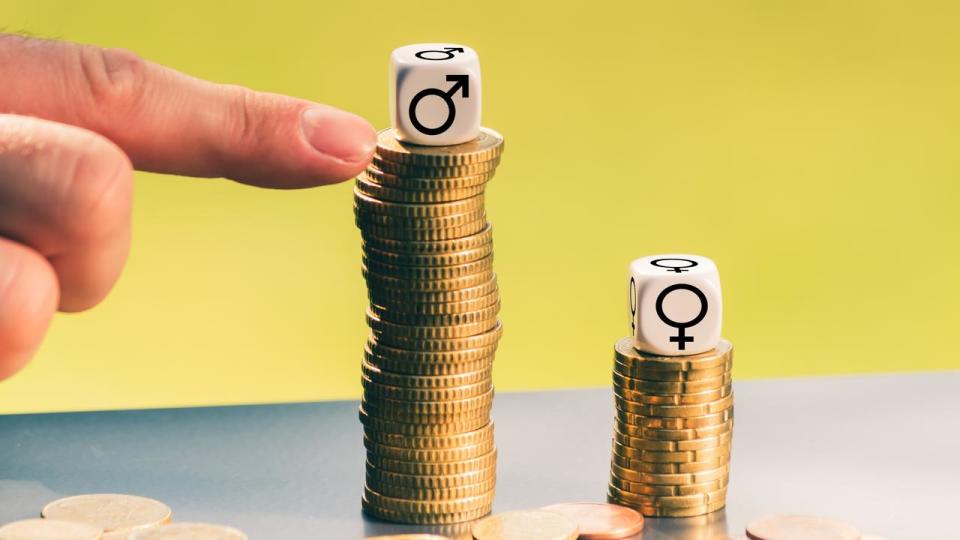
The report’s findings come after new laws were introduced into parliament on Thursday to expand paid parental leave to 26 weeks by 2026.
It’s estimated up to 180,000 families access some form of payment every year.
According to the WEET report, the changes were important first steps but “so much more is required.”
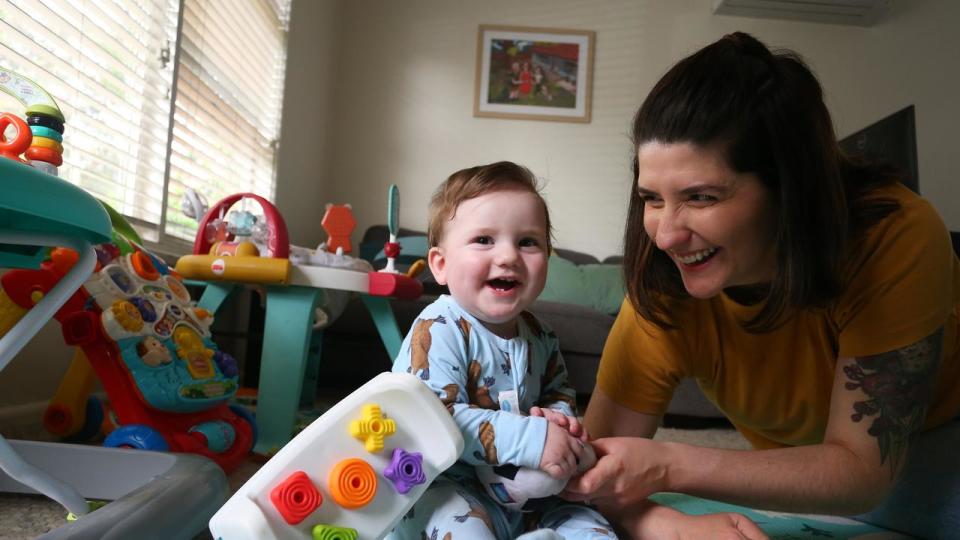
The report noted women typically make “significant and long-term adjustments” to their paid employment after having children, while men’s employment remains largely unchanged.
“Women in Australia engage in 43 per cent less paid work than men,” it said.
“However, women spend 81 per cent more time in unpaid work than men, and perform 50 per cent of the total value of Australia’s paid and unpaid work.”
Women in Australia spend 30.2 hours per week on unpaid care and housework, compared to men who spend 21.8 hours per week.
In 2021, 80.4 per cent of lone-parent families were female. More unpaid care and housework has directly impacted women’s capacity to engage in paid work, the report said.
Despite women’s labour force participation rates rising to more than 62 per cent, it remains far lower than men’s, which sits at more than 71 per cent.
Women also continue to earn considerably less than men.
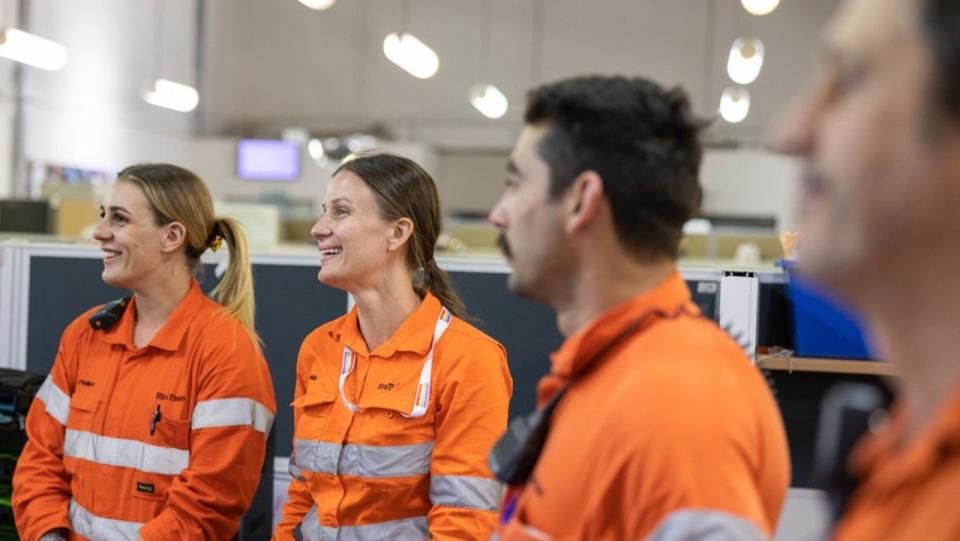
Women’s earnings are cut on average by 55 per cent across the first five years of parenting their first child, while men’s earnings remain unaffected, the report found.
Women also represent a significant portion of underemployed Australians and account for over 70 per cent of the part-time workforce.
Gender inequality worsens over a woman’s lifetime, the report found, with the average woman currently earning $1 million less than the average man across her career.
If inequality persists, an average 25-year-old woman today who has at least one child can expect to earn $2 million less over her lifetime than the average 25-year-old man who becomes a father.
“Despite this compelling evidence, there is still considerable resistance to change that would elevate women’s social and economic stance,” the report said.
“This might be explained by the very powerful gender norms that operate in Australian society which minimises women’s experience of inequality.”
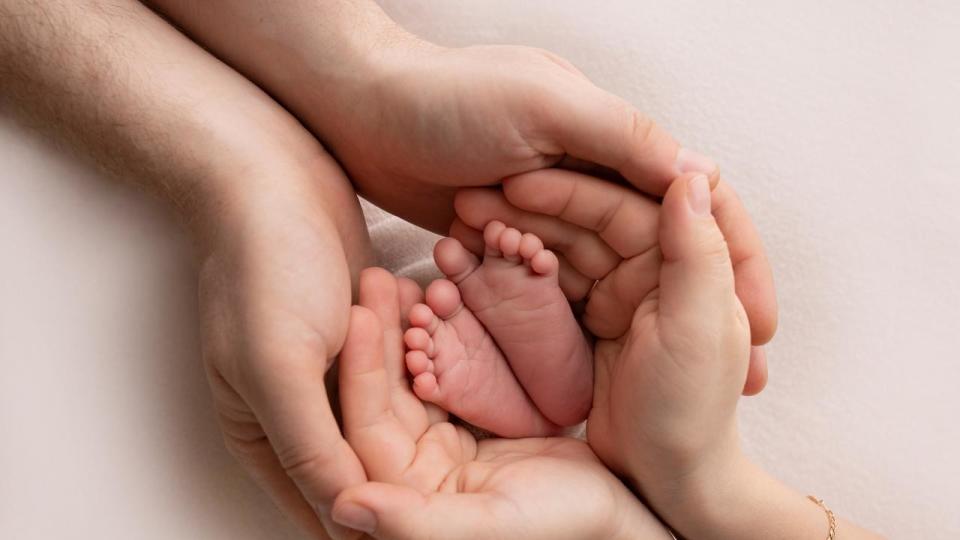
The report called to immediately establish an independent national women’s economic equality advisory body to oversee its recommendations.
It said the government must provide leadership and accountability to improve economic equality and embed gender equity into budgeting, decision-making and policy design.
It should also take action to improve the gender pay gap by addressing “portfolio-based gender segregation” in its public service and recruiting more women into senior ranks.
“The government should improve, not worsen the lives of women and this imperative should underpin the work of central and service delivery agencies,” the report said.

 Yahoo Finance
Yahoo Finance 